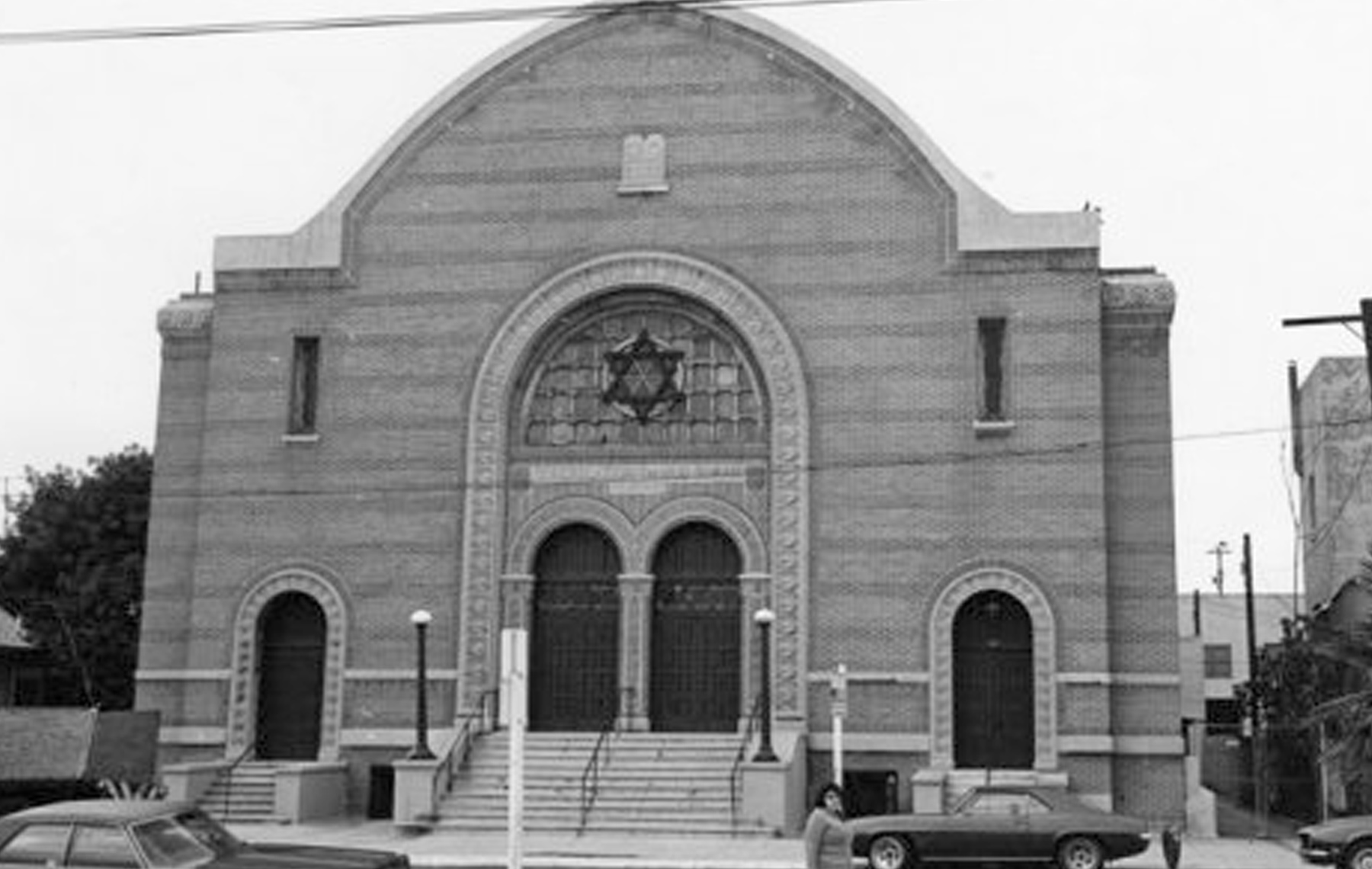
Fifteen years ago, the Journal published a story about cellphone use in synagogue. Some parents justified the practice, as they needed to call “Rosa” during services to check on their kids at home. The deeper issue is not whether to use a phone but why the children are home with Rosa when their parents are in shul.
Many parents see bringing children to services as pointless if they’re too young to understand the services, and even counterproductive, because they might make noise and distract the adults from their prayers. This betrays a fundamental, although all too common, misperception about Jewish religious practice.
In explaining the Torah portion Bo, Rabbi Saul Berman offered a contrast between Egyptian and Israelite understanding of religious ceremony. When Moses communicates God’s command, “Let my people go, that they may serve Me,” Pharaoh grants that request, but not everyone may go. Only the communal leaders perform ritual acts, so in the Egyptian concept of religious service, only their presence is needed.
Moses understands religious service differently: “We will go with our young and our old, our sons and our daughters” (Exodus 10:9). The purpose of the Israelite service is not just to perform an act but to inspire and elevate the entire community, young and old, sons and daughters. If a shofar is blown but nobody hears it … we have not fulfilled the mitzvah.
The sound of the shofar is just one example of mitzvot perceptible by the senses, which can captivate even — or especially — children: the sight of Shabbat or Hanukah candles, the smell of the etrog or Havdalah spices, the feel of the breeze (or sun!) in the sukkah, and the taste of just about every holiday food. All these traditions are accessible to the “pre-literate.” And children are the central actors in the most widely observed Jewish practice, the Passover seder.
If we want synagogues to attract the teenagers of tomorrow, we must bring the toddlers of today.
Of course, children cannot understand the service as well as adults but we must start somewhere. The adolescent who has stayed home until reaching bar or bat mitzvah age won’t know much more than a toddler — and will feel more uncomfortable about it, being at an age when they are starting to master other activities like sports or music. Too many adolescents, left with “Rosa” throughout their childhood, approach bar/bat mitzvah as if visiting a foreign country, where they don’t know the language and can’t read the map. Small wonder they try just to endure the ceremony, and then return as rarely as possible.
If we want synagogues to attract the teenagers of tomorrow, we must bring the toddlers of today. When my son was 3, he climbed all over stacked chairs — and under them. Perhaps it was not perfect decorum, but he became comfortable in shul, and felt at home. By the time he reached high school, he was a full-time baal kriah, reading the entire Torah portion every week for our congregation, the Westwood Village Synagogue.
Fortunately, our congregation does more than tolerate its children. We bring them
all up front near the end of services, when they not only participate in the concluding songs but lead them. Some read Hebrew perfectly, some can’t but learn the words eventually through their weekly exposure, and even those who can barely walk help by clapping or banging their hand on the table, joining their older peers in the kinderchorus. And when, after diligent practice, a 7-year-old masterfully reads a line before the entire congregation, it solidifies not just her sense of achievement and self-confidence but also her attachment to tefillah and the community.
At some moments, such as the rabbi’s sermon, quiet is imperative. But for most of the morning, absolute silence should be a lower priority than children’s presence. During shofar-blowing on Rosh Hashanah, a young boy asked his father why the blasts (tekiah, shevarim, teruah) were different. Rather than “shush” him for making noise, his dad whispered a brief explanation. Who is more likely to participate throughout high school and beyond: the children who kept the synagogue quiet by staying home with Rosa, or the boy who was there to ask a question and hear an answer?
Mitchell Keiter leads the children of the Westwood Village Synagogue in song every Shabbat morning.




















 More news and opinions than at a Shabbat dinner, right in your inbox.
More news and opinions than at a Shabbat dinner, right in your inbox.